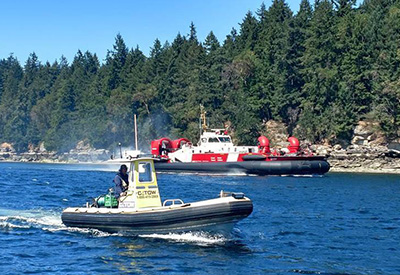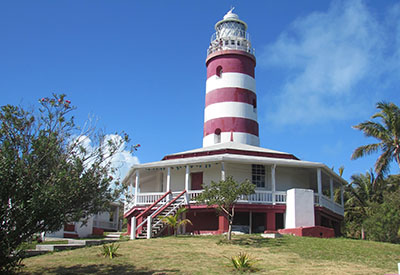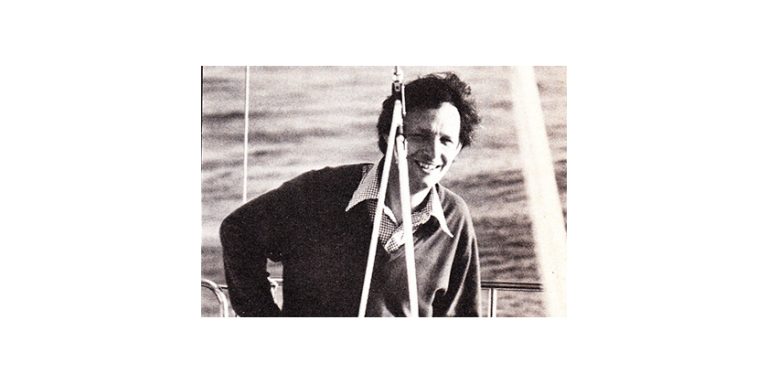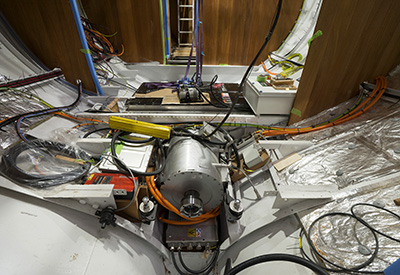Rowing My Own Boat

Have oars, ready for adventure
Fifty years ago, my parents bought a cottage on Gambier Island in BC’s Howe Sound. Facing the snowy Lions to the east and the undeveloped north side of Bowen Island, the tiny cabin – replete with mice, horsehair-stuffed furnishings and antique oil lamps – was accessible only by boat. My parents bought a 17’ clinker boat made by Elia Boat Works in Vancouver, and powered it with a Johnson outboard from Woodward’s Marine. They were set.
My earliest memory aboard this first of many boats was standing on the wooden front passenger seat beside my brother, gripping the top of the windshield as the small bow dipped and climbed over waves.
“Hang on!” Mum yelled over the noisy engine.
Our heads poked out of the puffy red life vests like turtles, and our smiling faces sprayed with seawater. It felt like flying.
Chaos reigned as suitcases, dogs and kids were crammed aboard. Coats flew out as abruptly as the orders – “Stay in one place!” while docking, “Fend Off!” when docking in the wind.
During these formative years, I was introduced to all manner of rowboats because, pre-dock and ramp, they were the only way for us to get from the boat to shore. Over the years, I pushed various wooden and fiberglass rowboats into the drink, dog in the bow, fitted the battered oars into the oarlocks and charted a course for adventure. I’d row down several bays, looking up at the cottages, at people on the porches, at men working on engines or just sitting with a beer and a ready wave.
Rowing farther away, I’d often see one of my parents appear on the “point” in the distance, checking with binoculars that I was still alive and had complied with the life jacket rule. I loved the freedom, the motion, the sound and smell of the sea, and the release of pent-up energy.
Unsinkable
Only one of these rowboats is imprinted on my mind like a cattle brand – the orange Sportyak. An insurance man, my dad likely bought it for its unsinkable reputation. Despite never actually sinking it, we almost always got soaked – our bums at the very least – because the boat was often overloaded and contained the aforementioned dog. I would likely be squished on a seat with him on my lap, both of us weighing about 60 pounds, while Mum just kept handing stuff to Dad.
“I think we can fit one more thing on board,” she’d say as she passed another sleeping bag, a cooler, a sack of briquettes and a push mower. Rowing would be impossible, and so my dad, photographed by doubled-over neighbours, would paddle the Sportyak. To avoid embarrassment, I’d gaze into the water, dragging my fingers, collecting strands of seaweed and random feathers.
When I grew up and ventured off to the University of Victoria, my athletic friend Jenn talked me into joining the rowing team. This lasted one semester before I was summarily “cut” because there was no lightweight team. The reality was that I was not an athlete and so had no inclination to follow the weightlifting/swimming/running training regimen required to participate. What I really liked was being on Elk Lake at 0600, skimming through the still water as the sun rose on the eight of us. While Jenn went on to years of competition, I retreated to a plain white fiberglass dinghy when I wanted to be on the water.
This was the first boat my sons enjoyed. We lived in a small house by the sea on Curteis Point and often rowed across Tsehum Harbour to Van Isle Marina in Sidney. We’d buy an ice cream in the shop and wander up and down the rows of luxury yachts. My sons would ask questions like, “Why don’t we have a helicopter on our boat?”
After some years, we moved into Victoria and sold the rowboat because we couldn’t afford a trailer. What followed were busy child-rearing years, with little money and certainly none for a boat. But somewhere along the way, I’d heard about a Whitehall-style rowboat, virtually unsinkable and with a sliding-seat and foot stops. I bookmarked the website and read all about it, including the price – over $10,000. I could only dream.
Legacy
Just after my fiftieth birthday, my mum was diagnosed with incurable cancer and died two months later. It was a devastating loss and one that required us to take her ashes to Gambier Island, where we scattered them on the point facing the Lions. I learned afterwards that she’d left me some money and there wasn’t a doubt in my mind what I wanted to do with it.
My rowboat Sheila, named for my mum, has been to Cortes, Galiano and Piers islands, as well as routinely in the Strait of Juan de Fuca. Manufactured by Whitehall Rowing and Sail of Victoria, my Solo 14 is a stable and roomy thermo-formed
co-polymer rowing skiff, inspired by traditional Whitehalls. Able to handle wind, waves and current, with 9’ 6” carbon-fibre oars on outriggers, it’s my portal to the ocean.
Once we’ve launched, my dog settles onto the stern seat and I feel like a kid again, exploring the great sea with its catspaws and seals, beds of bull kelp and migrating Bonaparte gulls. The catch and finish of my oars make for a rhythmic row, sometimes a song in my head, but always with Mum in my heart.
“Hang on!” she used to say, over the roar of the two-stroke.
It was great advice for boating…and for life.
Photo Caption – The author and dogs Jack and Sid aboard Sheila on the Strait of Juan de Fuca.
By Valerie Rolfe
“Messing About” is devoted to our readers’ stories, memories, reflections and humour. We’re interested in the kind of stories you tell friends and family, memories of good times and above all, why you love boats and boating. If you have a story you’d like to tell or an idea to propose, we’d like to hear about it. Please email aadams@kerrwil.com or duartsnow@kerrwil.com.





























